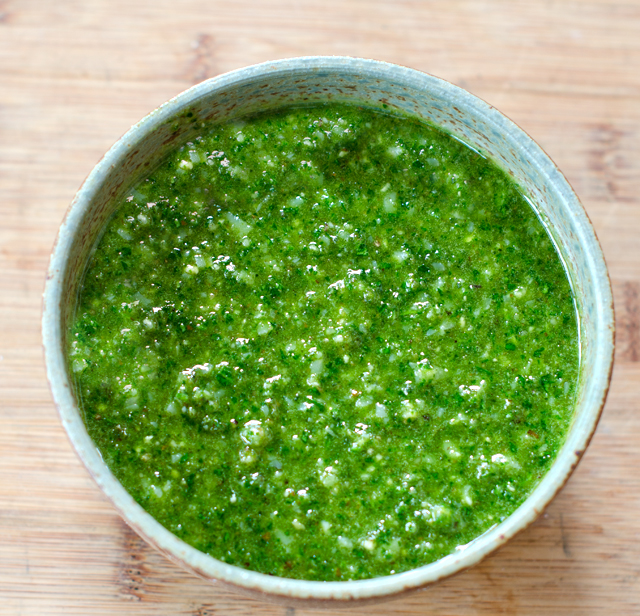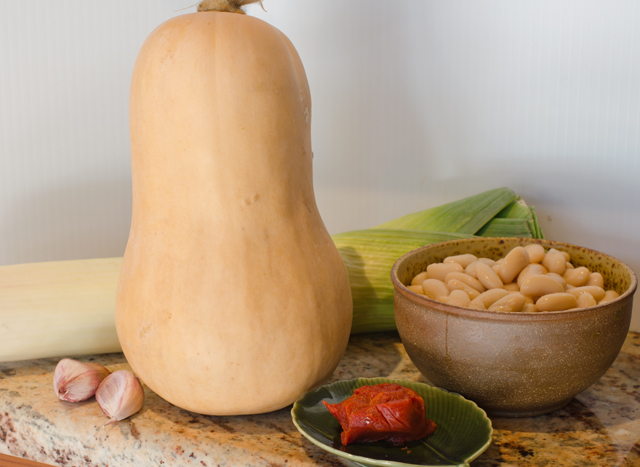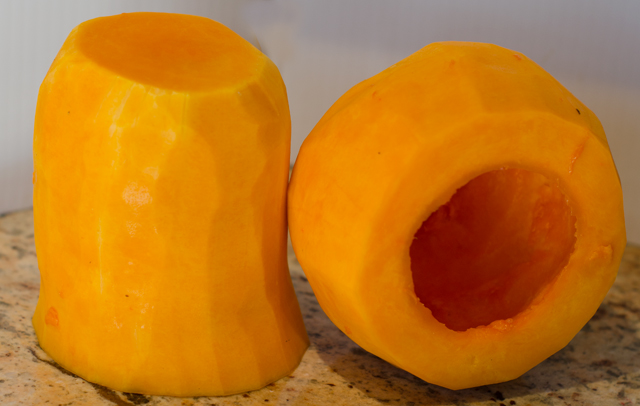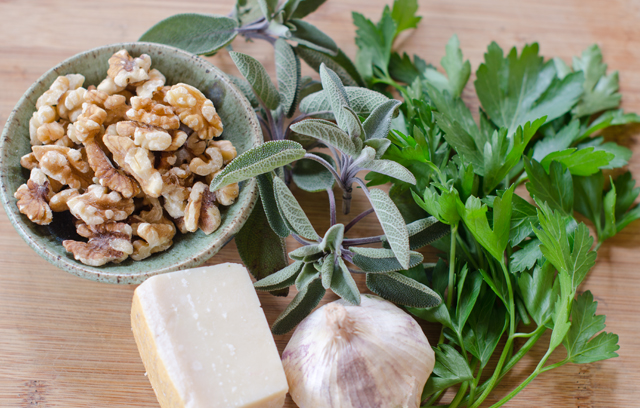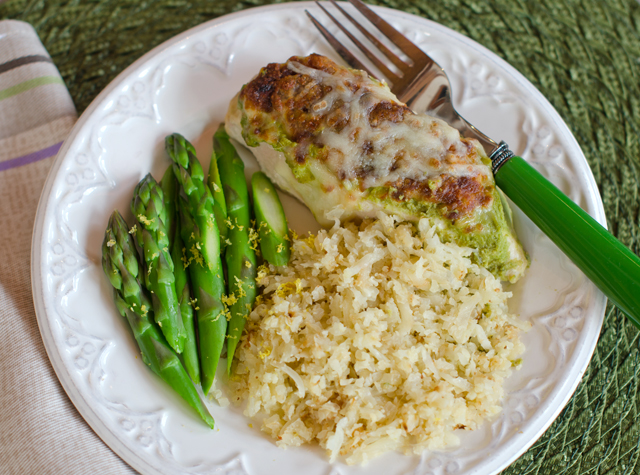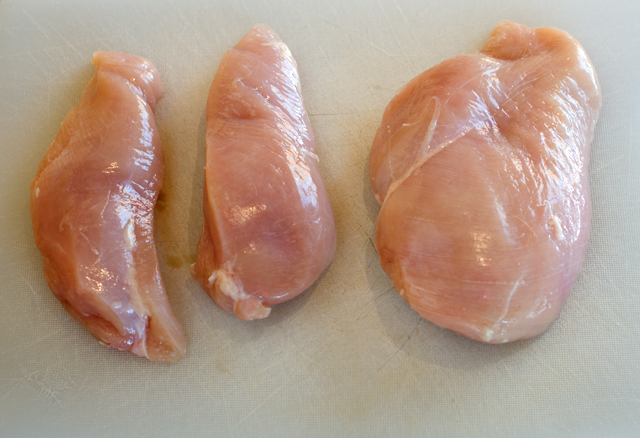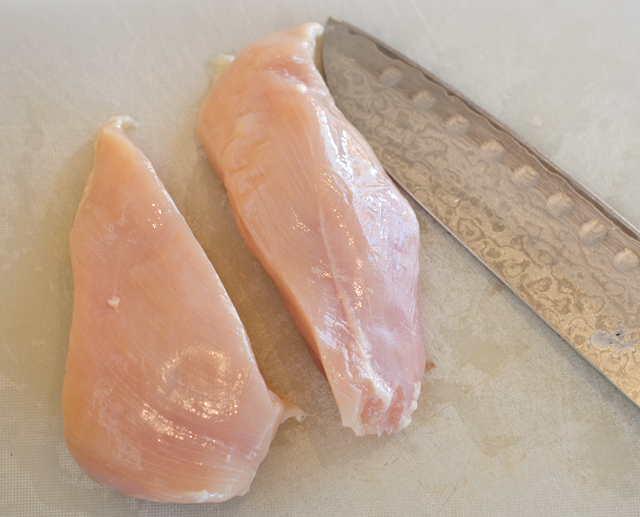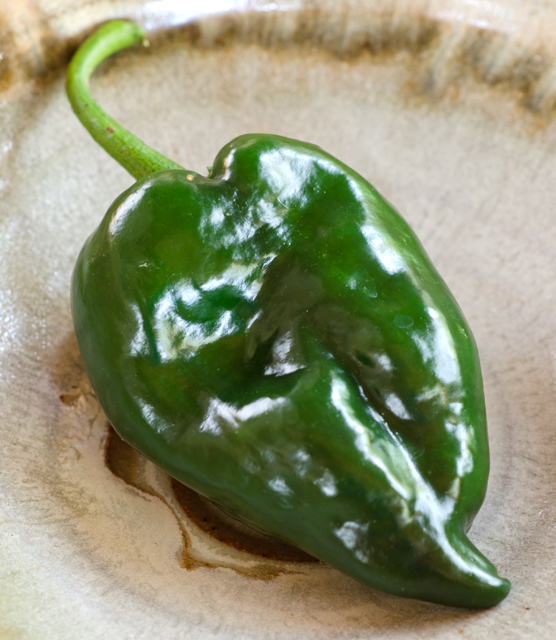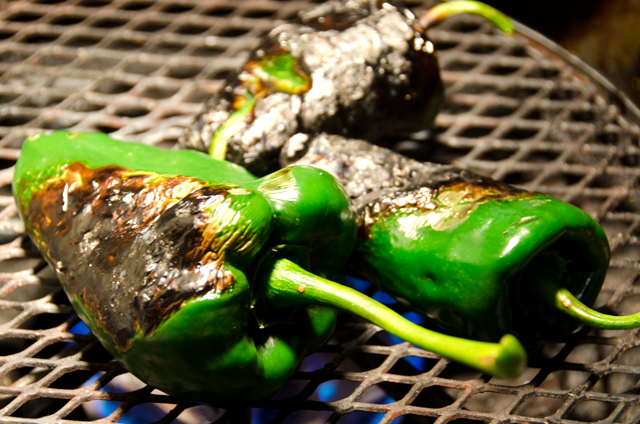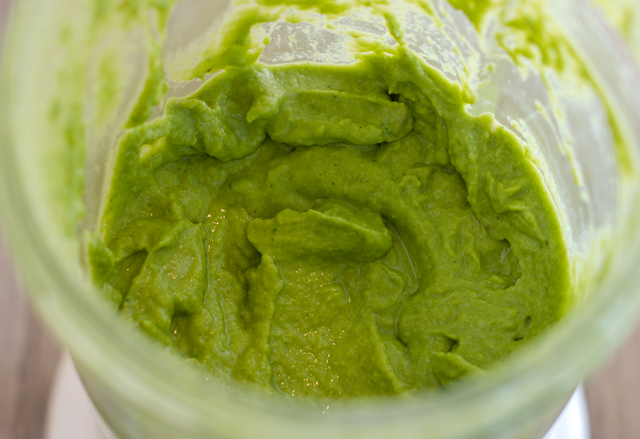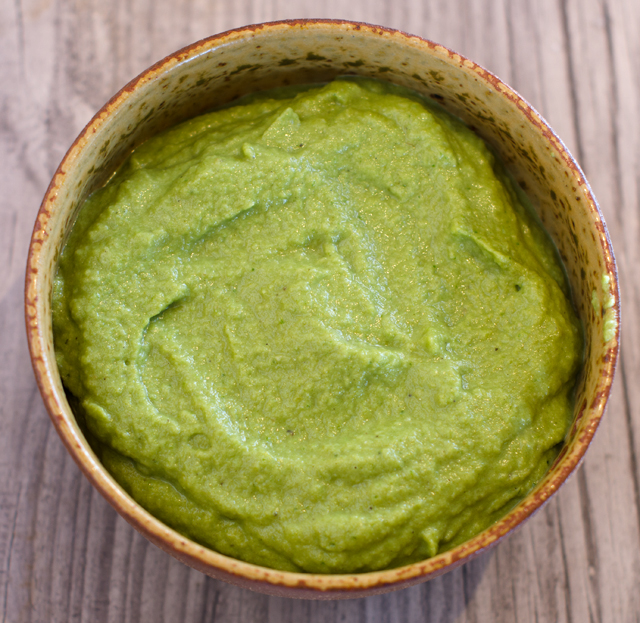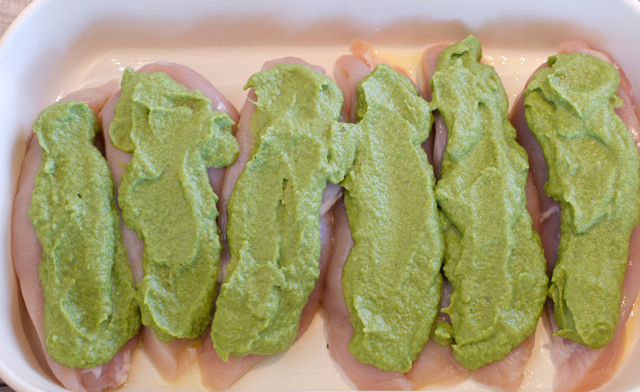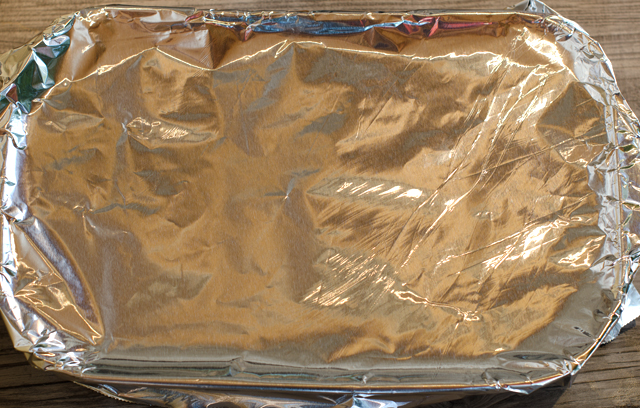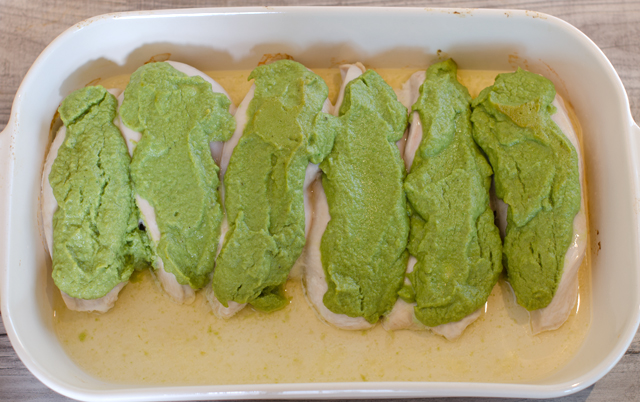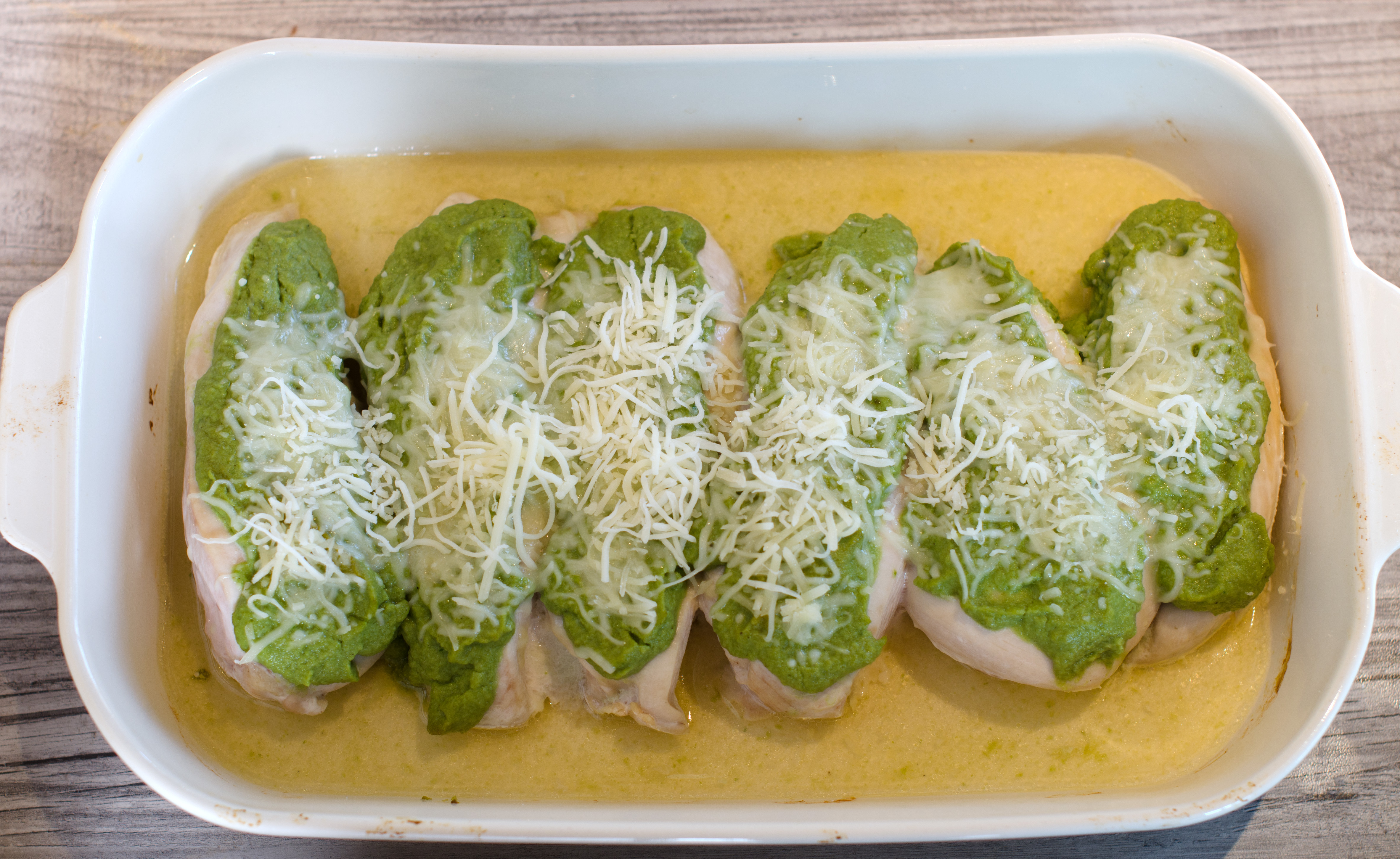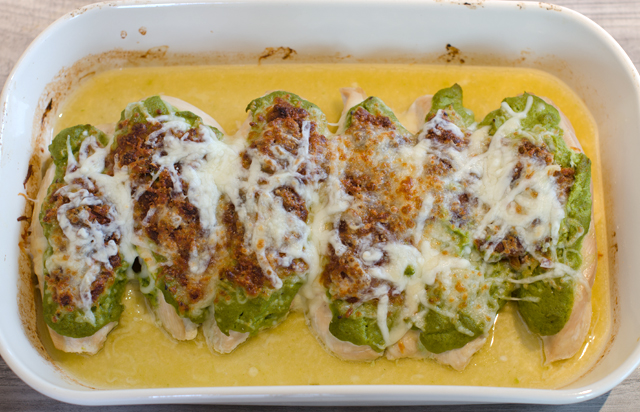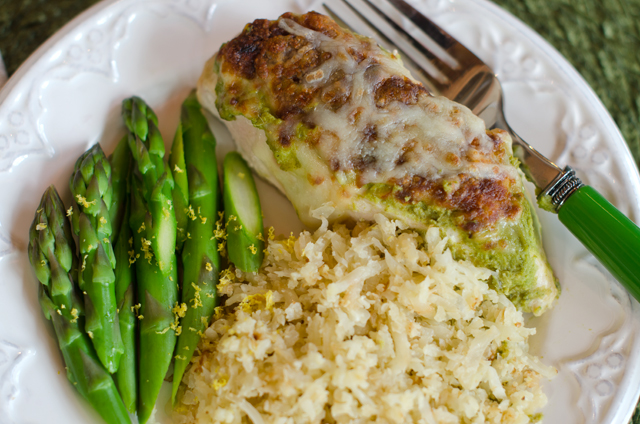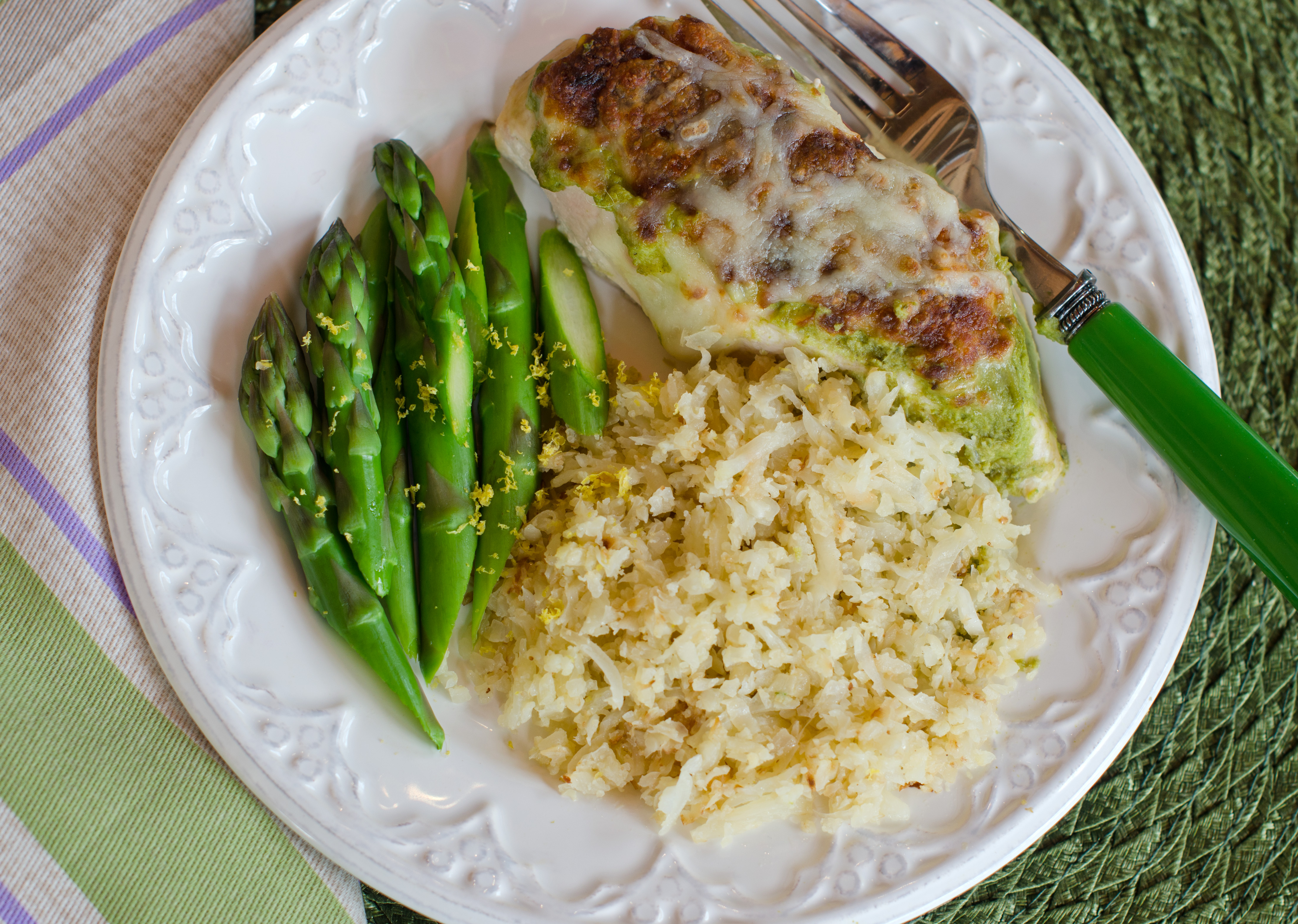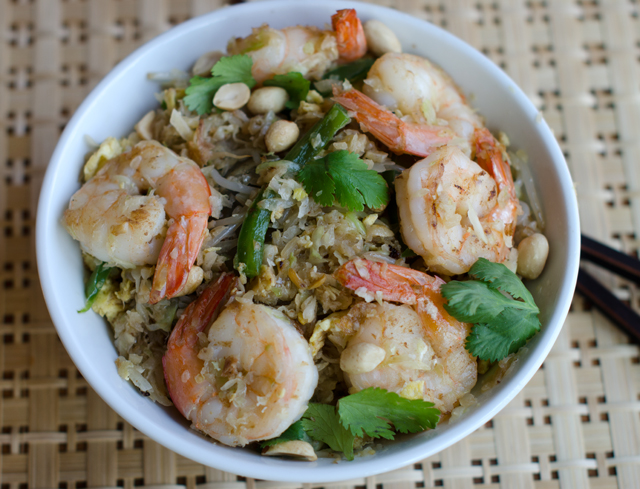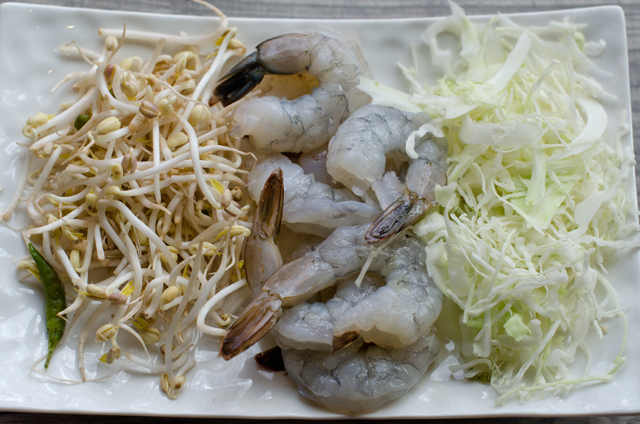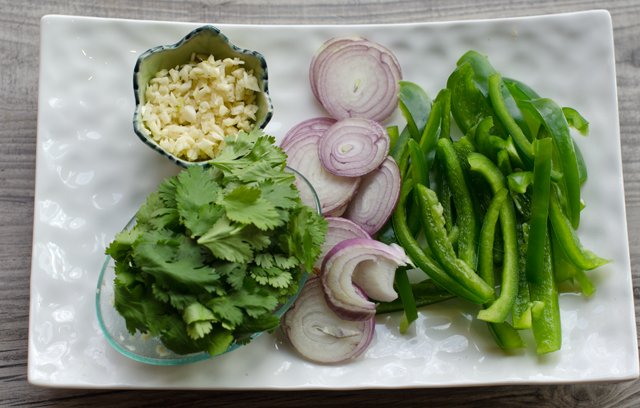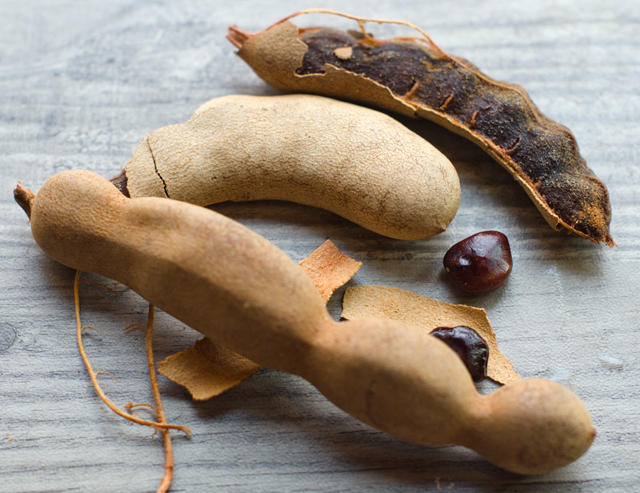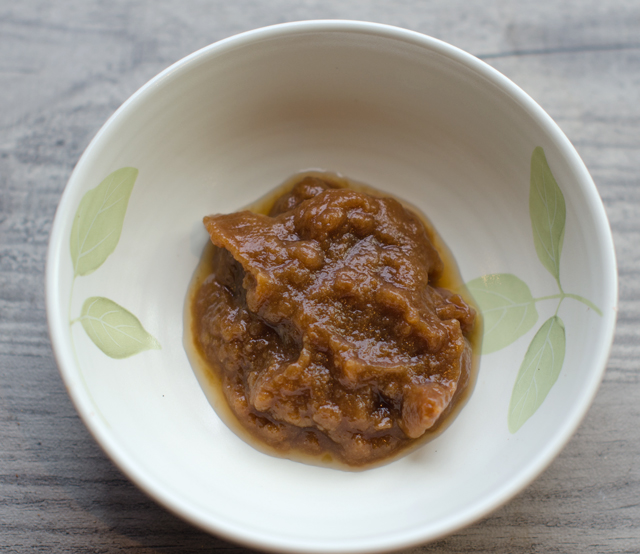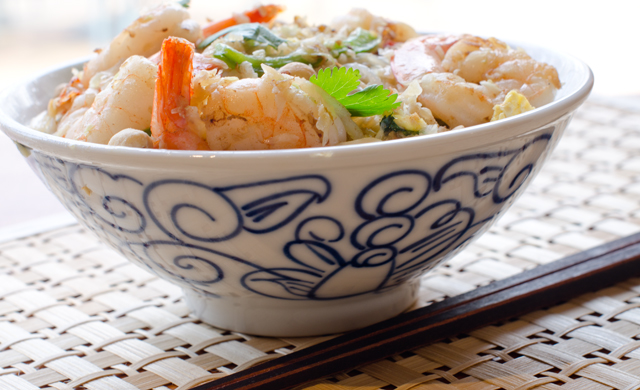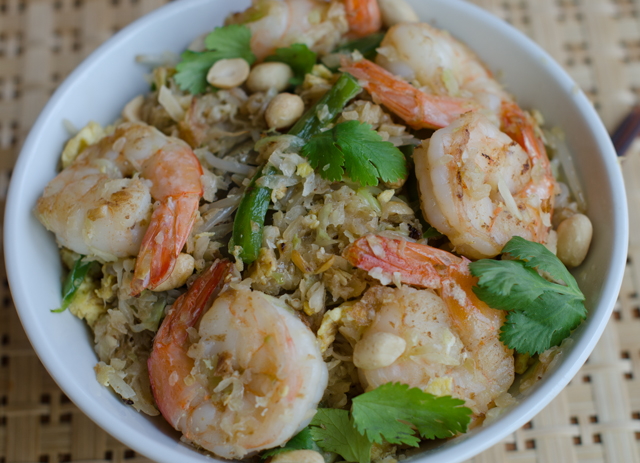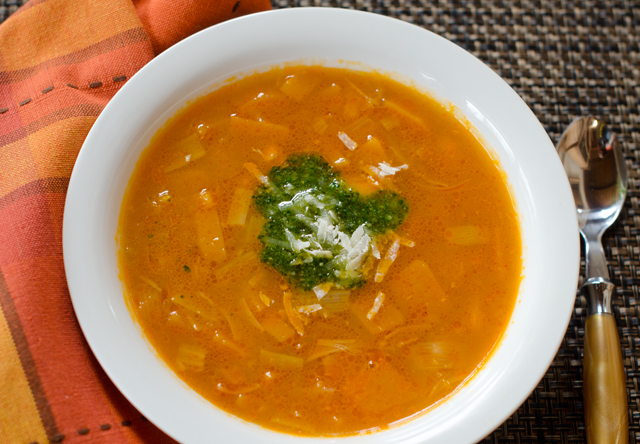 Is there really a need for another recipe for butternut squash soup when there are already three other butternut squash soup recipes on the blog? Well, when you have a metal locker in the basement still half full of last year’s harvest, (in excellent condition I will add) there’s always room for one more soup. This time the squash isn’t blended into a silky purée resulting in a soup that’s perfect as a starter for an elegant meal, here the squash pulls double duty. The fat bulbous end becomes part of a squash “stock” and the neck is cut into chunks that are simmered in the stock to make this hearty main dish soup.
Is there really a need for another recipe for butternut squash soup when there are already three other butternut squash soup recipes on the blog? Well, when you have a metal locker in the basement still half full of last year’s harvest, (in excellent condition I will add) there’s always room for one more soup. This time the squash isn’t blended into a silky purée resulting in a soup that’s perfect as a starter for an elegant meal, here the squash pulls double duty. The fat bulbous end becomes part of a squash “stock” and the neck is cut into chunks that are simmered in the stock to make this hearty main dish soup.
Start with a medium-sized squash, 2 to 2 1/2 lb, use a sharp knife to cut off a half inch piece at both ends. You can either cut the squash in half (approximately) where the neck meets the bulb or leave it whole for peeling. The next part I find easiest to do using a vegetable peeler, the inexpensive Kuhn Rikon ones are my favorite. A well sharpened chef’s knife works well too. Place the squash on its side and run the peeler down the length. This part goes quicker with the neck, the curved bottom takes a little more time, but with practice the whole process shouldn’t take more than ten minutes. Be sure to remove the white flesh and green fibers that are right below the skin’s surface. The squash should be completely orange after peeling. Scoop out the seeds and the fibrous pulp from the bulb end. I save the seeds for roasting as a garnish for soups and salads.
The bulb halves are cut into four chunks and combined in a saucepan with stock, water, butter and soy sauce or tamari. The soy brings a savory umami note to the natural sweetness of the squash and the butter adds richness. Cook until the squash is very soft and mash in the pan until broken down.
While the stock is cooking, cut the neck end into 1/3 inch cubes. Sauté leeks and tomato paste in a Dutch oven. The mild sweet onion flavor of the leeks complements the squash and the tomato paste adds a little umami to the mix. Add the garlic and squash pieces and cook, stirring occasionally. Pour in the squash stock, bring to a simmer, partially cover and cook for ten minutes. Canned cannellini beans are the last addition and add a hearty creaminess and some substance to the soup. Simmer until the squash is tender. You can serve it now or if you have the time, make the soup, cool, refrigerate and reheat and serve the next day. As with many soups and stews, the flavors have time to meld together and it even tastes better.
Don’t skip making the pesto, it is a wonderful addition to the soup. Sage and parsley replace the typical basil in this recipe. I’m glad that sage is one of the first herbs to perk up in the garden, in spite of the cold temperatures of late. I truly despise paying several dollars for a handful of less than perfect leaves when I can pick them fresh.
Butternut Squash Soup with Sage Pesto
Serves 6-8
Ingredients for soup
- 1- 2½ lb butternut squash
- 4 c broth, chicken or vegetable
- 3 c water
- 4 T unsalted butter
- 1 T soy sauce or tamari
- 1 T vegetable oil
- 1 lb leeks, white and light green parts only, washed thoroughly, sliced thin
- 1 T tomato paste
- 2 garlic cloves, minced finely
- Kosher salt and freshly ground pepper
- 3-15 oz can cannellini beans
- White wine vinegar to taste
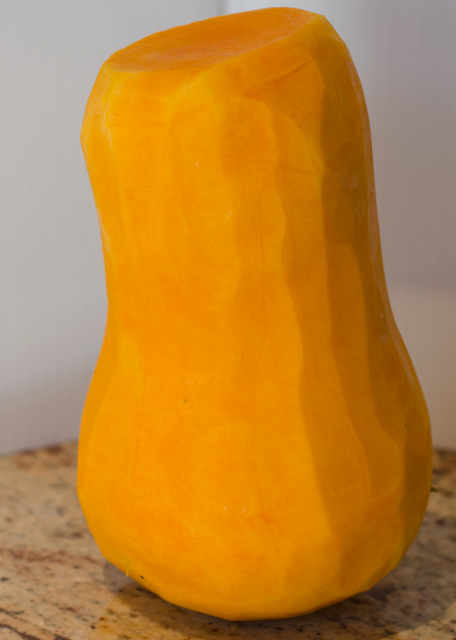
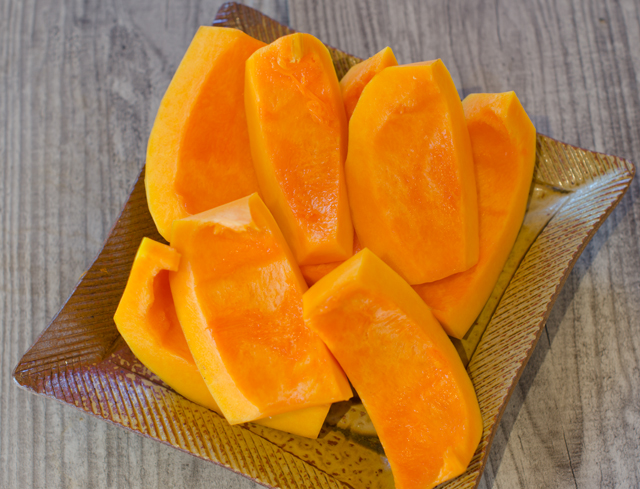
Directions for soup
- Using a vegetable peeler, remove the skin and the fibrous threads just below the skin, the squash should look completely orange, no white spots remaining.
- Cut the squash in half where the neck and bulb meet. Cut the bulb section in half and remove the seeds and any strings. Save seeds for toasting if desired.
- Cut each half into four sections. Place the squash sections, broth, water, butter and soy or tamari in a medium saucepan and bring to a boil over medium high heat. Reduce heat to a simmer, partially cover and cook for about 25 minutes or until squash is very soft.
- Using a potato masher, mash the squash, still in the broth until it is broken down. Cover pan to keep warm and set aside.
- While the broth is cooking, cut the neck of the squash into 1/3 inch pieces. Heat oil in a large Dutch oven over medium heat until shimmering. Add the chopped leeks and tomato paste and cook until the leeks are softened and the tomato paste darkens, about 5 minutes. Add garlic and cook until fragrant, 30 seconds. Add squash pieces, some salt and pepper and cook, stirring occasionally for 5 minutes.
- Add squash broth and bring to a simmer. Partially cover and cook for 10 minutes. Add beans and their liquid, partially cover and cook, stirring occasionally, until the squash is tender 15 to 20 minutes.
- Ladle soup into individual bowl, add a splash of white wine vinegar and dollop of pesto and an additional sprinkle of Parmesan cheese.
Sage Parsley Pesto
Ingredients for the Sage Parsley Pesto
- ½ c toasted walnuts
- 2 cloves of garlic, minced
- 1 c fresh parsley leaves
- ½ c fresh sage leaves
- ¾ c extra virgin olive oil
- ½ c grated Parmesan cheese
- Salt and pepper to taste
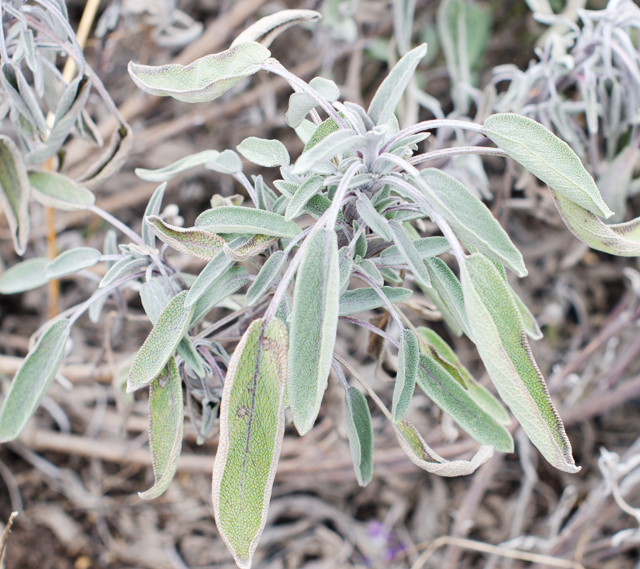
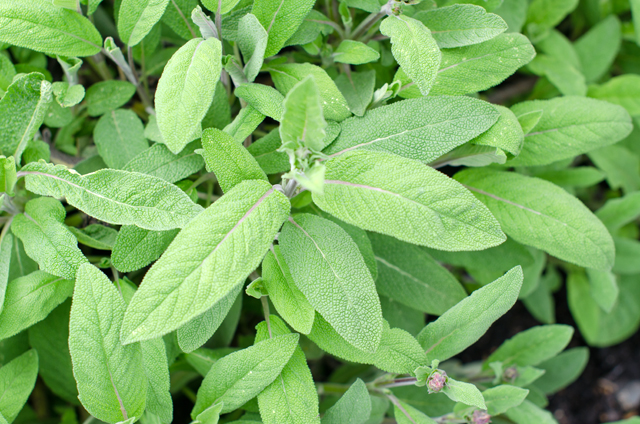
Directions for the Sage Parsley Pesto
- Pulse walnuts and garlic in food processor until coarsely chopped, about 5-6 pulses.
- Add parsley and sage to the bowl, with the processor running, slowly add oil and process until smooth, about 1 minute.
- Transfer to a bowl, stir in Parmesan and add salt and pepper to taste.
